And the best part? Mastering the human figure in its correct proportions is easy through constant practice and exercise. In this article, we will walk you through the basic human figure starting from the head down to the feet. Ready? Ready!
Start charting with heads
Start by creating circles (oval and egg shapes are fine to use) for a head and from there, mark down eight measurements with the last one being on the ground.
It all stems back during the Renaissance period when it was established that the measurement for the ideal height is equal to eight heads.
From the head, create the pelvis
After drawing the pelvic bone and the hip joints, draw a line connecting it to the head. This line will serve as your body's spine.
Next up, the legs and the knees
Having that in mind, draw the knee joints on mark 6 and draw a line below it. This line will correspond to the bottom of the knee caps.
On mark 8, draw two circles for the feet.
Complete the legs by connecting the hip joints and the knee joints with a straight line. Connect the knee joints with the feet also with a straight line.
Add volume with the ribcage and belly button
Draw an oval between marks 1 and 2 and down to mark 3. As a suggestion, remove the lower part of the oval so it shows what an actual rib cage looks like.
Add more details to the rib cage by drawing nipples on mark 2 (just inside the head) and a belly button on mark 3.
Make it more realistic with shoulders
Shoulder muscles (also called the trapezius muscles) can take on many forms as seen in the image below. This depends on the muscular composition of the person you are drawing.
Finally, add the hands, wrists and arms
Hands are also roughly between the thighs so draw them on mark 5. Connect these circles with a straight line to create your arms.
And now it's your turn!
Enroll in our class and secure your slot now by calling us at 0915-5948191, 0917-8784766 or (02)7886766!
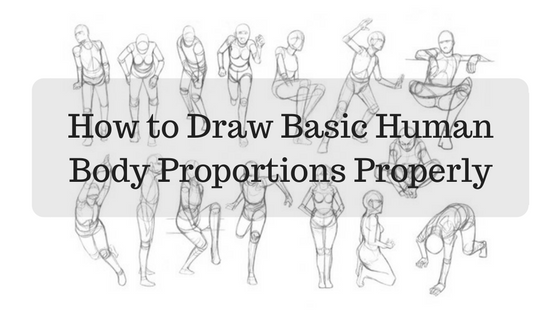
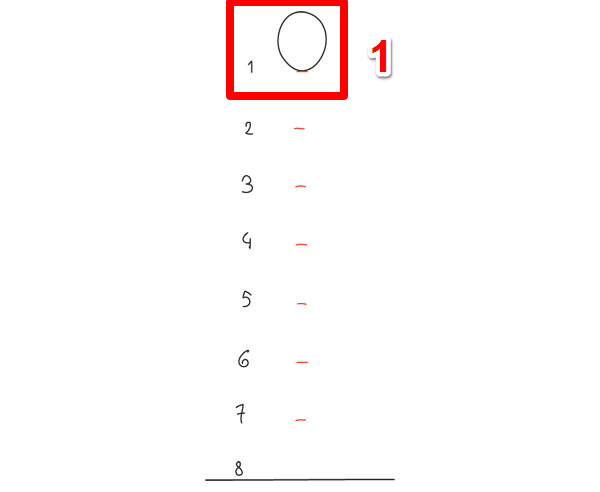
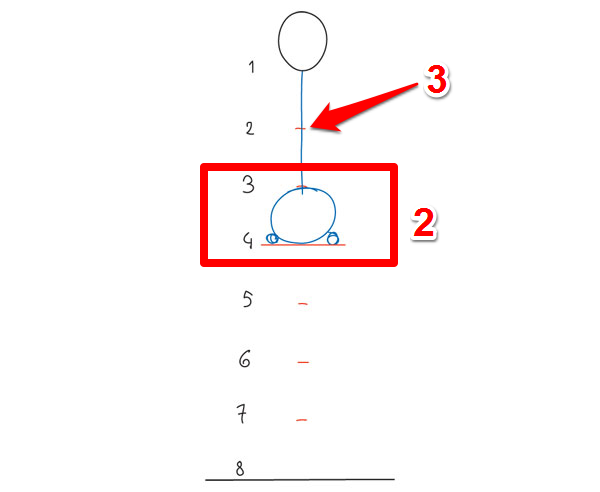
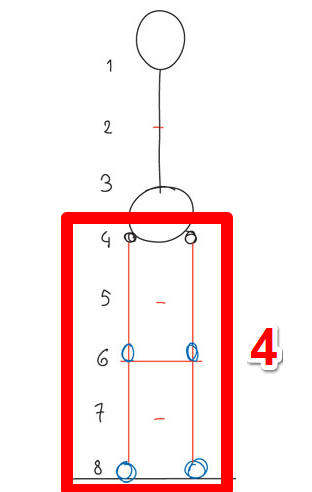
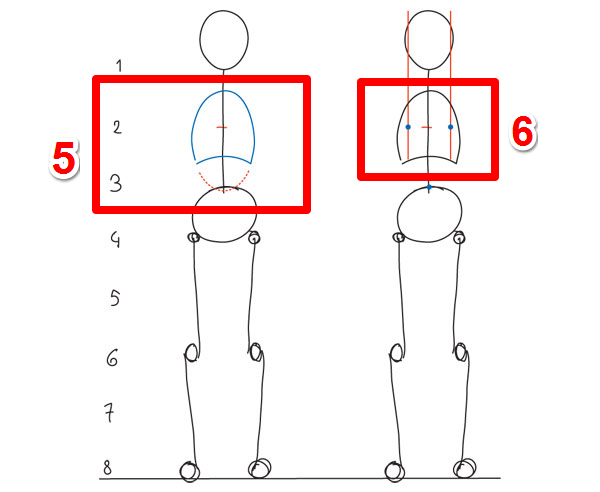


 RSS Feed
RSS Feed
